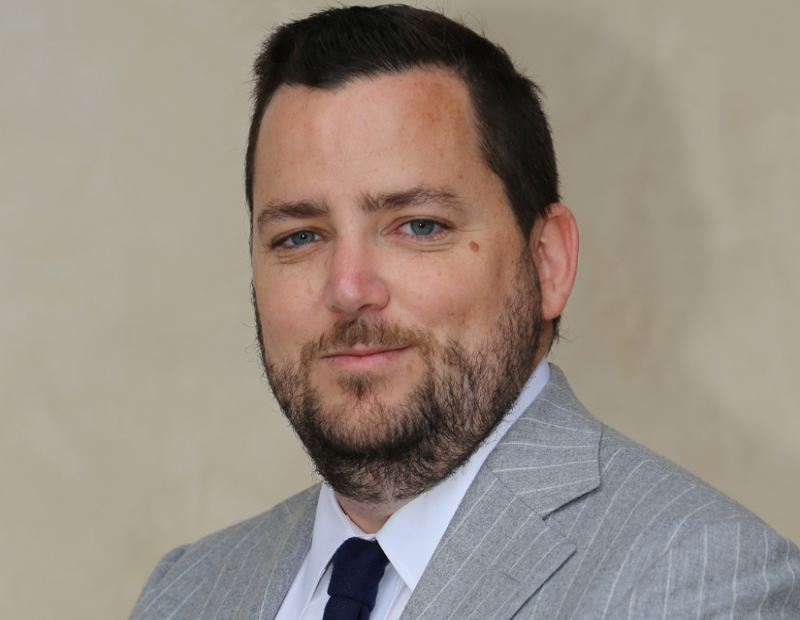Keys to Opportunity Zone Development Success
Ryan Parkin, founder & managing principal at RevOZ Capital, shares his experiences and offers advice for emerging investors and developers.
The Opportunity Zones program has gained momentum since the Internal Revenue Service clarified some key regulations last year. To shed light on this promising and often challenging initiative, CPN asked Ryan Parkin, founder & managing principal at real estate investment and development company RevOZ Capital, to share his insights.
Parkin’s company is working on two Opportunity Zone projects, a medical center and a boutique hotel, is seeing more deal flow now that some key rules have been clarified. His advice for those who are new to Opportunity Zones: Stick to the types of projects that you know best, and evaluate each one carefully on a risk-adjusted basis, as the program is not for every investor.
READ ALSO: Final Round of Opportunity Zone Rules Unveiled
You’ve invested in at least two projects in opportunity zones (San Bernardino Medical Center in California and SCP Redmond in Oregon). How has your experience with the program and existing legislation been so far?
Parkin: The Opportunity Zone program is an exciting policy that brings private capital into underserved communities throughout the U.S. By delivering increased capital and development into historically underprivileged areas, it enables our industry to have a hand in improving communities and creating lasting social good.
This, coupled with the unprecedented tax benefits in the form of capital gains tax deferral and exemptions, is why RevOZ Capital has chosen to focus our business on Opportunity Zone acquisitions, developments and recapitalizations. The San Bernardino Medical Center, which broke ground in January, and the recently completed SCP Hotel Redmond in Oregon, are two Opportunity Zone projects that we identified as having strong fundamentals and attractive risk profiles with compelling potential for community impact.
In December, the U.S. Treasury Department clarified a host of regulations surrounding the Opportunity Zone program, providing detailed guidelines that are likely to spur further investment in Opportunity Zone projects in 2020 and beyond. I find it exciting that a bipartisan policy is leading to actual activity, particularly given today’s divided times.
What advice do you have for emerging developers that are thinking about building in an opportunity zone? What are the biggest challenges they could be facing?
Parkin: Nuances, nuances, nuances! The rules are complex and very technical, so it’s critical that developers surround themselves with professionals who are well versed in and focused on the Opportunity Zone program. Given the complexity of the regulations, much of the program is too difficult to learn on your own. Quality advisers and partners who think commercially, but have sound technical know-how, are crucial. We like to think that’s something we can offer our development partners—sophisticated, nuanced understanding communicated in a simple and actionable manner.
What should emerging developers know about/before accessing capital for an OZ project?
Parkin: With Opportunity Zone investments, the primary goal should be earning a market return for the capital. Some parallels have been made to the EB-5 program, but we think the two are quite different. Most EB-5 investors’ primary goal is citizenship and returns come second. With Opportunity Zones, returns come first and taxes are just a sweetener.
Would you advise developers starting their first investment in an Opportunity Zone to opt for a ground-up project or a redevelopment? What are the advantages and disadvantages of each type of project?
Parkin: I recommend that developers stay the course with their area of expertise, whether ground-up or redevelopment. Stick to what you know and what you do best. We are capitalizing both types of deals and assess each deal on a risk-adjusted basis. We sometimes see investors focused on absolute returns, but, with our disciplined institutional orientation, we price risk and see a place for both types of deals in a balanced opportunity zone portfolio.
Tell us a bit about your most recent investment, San Bernardino Medical Center. Why a medical center and why San Bernardino?
Parkin: We partnered with Sudweeks Development and Investment Co. to build an 11,325-square-foot, pre-leased, build-to-suit medical office building situated on nearly 2 acres in San Bernardino, California, in an Opportunity Zone. Sudweeks Development has developed $50 million of similar projects in SoCal since 2018, which made them an ideal partner for the project.
This public-private partnership (P3) shows how underserved communities can leverage the Opportunity Zone program to attract investors while providing positive community benefits. While we believe this is a solid long-term investment, it also serves an important role in providing critical services to families in the San Bernardino community.









You must be logged in to post a comment.